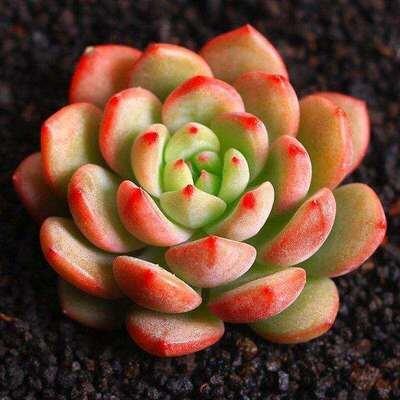-
 @ Renke
2024-12-23 01:03:37
@ Renke
2024-12-23 01:03:37The residual chlorine sensor is a device used to measure the residual chlorine concentration in water bodies. It plays a vital role in modern water quality monitoring and management. Residual chlorine, mainly including chlorophyll acid and hypocrite ions, is a commonly used disinfectant and plays an important role in many fields such as tap water treatment, swimming pool maintenance, and industrial cooling water circulation.
The residual chlorine sensor is based on the principle of radiochemistry. It usually consists of a gold electrode as a working electrode, a silver/silver chloride electrode as a counter electrode, and a chlorophyll acid selective permeable membrane to form an electromagnetically active part. The working electrode and the counter electrode are immersed in the electrolyte chamber, and the electrolyte chamber is in contact with the solution to be tested through a porous hydrophilic membrane. After applying a bias voltage between the working electrode and the counter electrode, chlorine diffuses into the electrolyte chamber through the porous hydrophilic membrane and is reduced on the surface of the working electrode to form a current. The magnitude of the current depends on the speed at which chlorine diffuses into the electrolyte chamber, and the diffusion speed is proportional to the residual chlorine concentration in the solution. Therefore, the magnitude of the current can determine the concentration of residual chlorine in the solution.
Advantages of residual chlorine sensor The residual chlorine sensor adopts an advanced three-electrode system, which improves the accuracy of measurement and extends the working life of the sensor. Compared with traditional sensors, the residual chlorine sensor does not need frequent calibration, reduces the maintenance burden, and ensures the stability and reliability of long-term monitoring. In addition, the residual chlorine sensor adopts an integrated structural design and directly outputs 485 signals, which effectively avoids interference during signal transmission and further ensures the accuracy of measurement data. In terms of communication, the residual chlorine sensor supports RS485 communication interface and follows Mod Bus-BTU communication protocol, which enables the sensor to be easily connected to a computer or other monitoring system for remote monitoring and data transmission.
Application range Residual chlorine sensors are widely used in environmental monitoring, aquaculture, sewage treatment, industrial production and other fields. Especially in my country, due to the long-term use of liquid chlorine disinfection, controlling the residual chlorine content is an important measure to be responsible for the quality of life of the people. Excessive or low residual chlorine content may have an adverse effect on water quality. Therefore, an efficient and reliable residual chlorine sensor is particularly important.
In summary, residual chlorine sensors have become an important tool in the field of water quality monitoring due to their high-precision measurement, long life, low maintenance cost, convenient installation and powerful communication capabilities. With the continuous advancement of technology, we have reason to believe that residual chlorine sensors will play a more important role in water quality monitoring and management in the future.